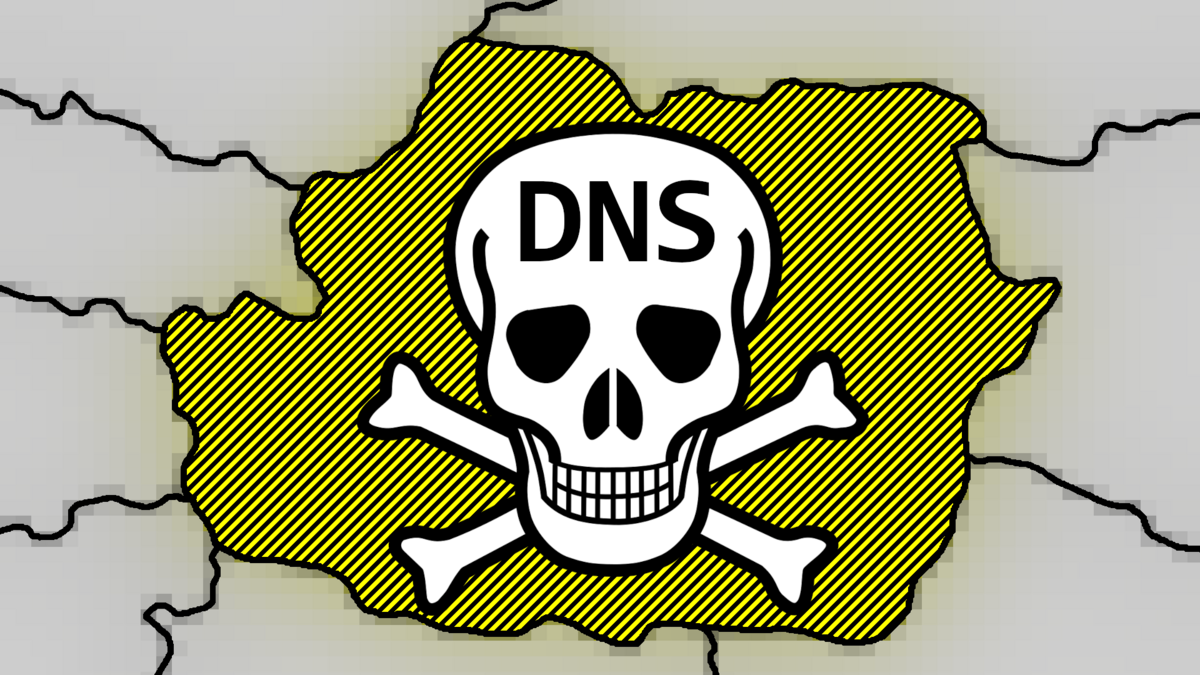Maximize Click-Through Rates With CTR Control Strategies
Maximizing click-through prices (CTR) is an essential element of electronic advertising and marketing, requiring a nuanced understanding of individual actions and tactical application of control strategies. The course to optimizing CTR is not straightforward; it requires an extensive evaluation of individual interactions and preferences.
Comprehending Click-Through Fees
Recognizing click-through prices (CTR) is essential for assessing the efficiency of internet marketing approaches. CTR is a crucial efficiency indication that determines the ratio of customers that click a certain web link to the number of overall individuals who see a email, advertisement, or web page . This metric offers important insight into how well material reverberates with the target audience, acting as a critical indication of interaction.

In addition, understanding the elements that affect CTR-- such as audience targeting, ad placement, and total layout-- enables marketing experts to make data-driven decisions. Evaluating CTR patterns gradually can likewise assist recognize successful strategies and locations for improvement. By comprehensively understanding CTR, organizations can refine their marketing methods, make best use of return on financial investment, and eventually foster stronger connections with their audience.
Crafting Engaging Headlines
Headlines work as the primary gateway to capturing target market interest and substantially affect click-through rates. A well-crafted heading not only gets rate of interest but additionally sets the tone for the content that follows. To create engaging headings, it is vital to employ a combination of significance, intrigue, and clearness.

Furthermore, integrating psychological triggers can boost a heading's effectiveness. Phrasing that evokes necessity, exhilaration, or interest can force viewers to click. Utilizing numbers, such as "5 Tips for Better Rest," can additionally produce a sense of specificity and promise workable insights.
Last but not least, brevity is vital-- headlines should be succinct enough to be quickly digestible while keeping their impact. By balancing these components, marketing experts can craft headings that not only stand out yet additionally drive greater click-through rates, ultimately boosting involvement with the web content.
Making Use Of A/B Checking
A/B testing is an effective technique that enables online marketers to compare 2 variations of a heading or content piece to determine which executes much better in regards to click-through prices. By isolating one variable-- such as wording, call-to-action, or positioning-- marketing professionals can efficiently gauge target market choices and optimize their material accordingly.
To carry out A/B testing, it is essential to pick a representative example of your target audience. Each individual ought to be arbitrarily assigned to either the control team (initial variation) or the speculative group (changed version) This technique guarantees that the results are statistically valid and minimizes predispositions.
As soon as the test is applied, monitor performance metrics closely. Assess information over a sufficient timeframe to represent variations in individual behavior. Secret metrics to observe consist of conversion prices, time spent on the page, and general involvement.
After collecting data, compare the results to identify which version achieved higher click-through rates. Utilize these insights to notify future material techniques, boosting your total electronic advertising efforts. A/B screening not just aids in enhancing CTR however likewise fosters a culture of data-driven decision-making within advertising groups.
Leveraging Visual Aspects
Aesthetic components play an important function in enhancing click-through prices (CTR) by recording the target market's interest and communicating messages better. The critical use of graphics, pictures, and videos can substantially influence user involvement and drive activity. Premium visuals that relate to the web content can create a psychological connection with customers, encouraging them to click through to find out more.
Incorporating different colors for call-to-action buttons can additionally enhance visibility, making them stand out on the web page. Research reveals that buttons in intense colors tend to do better than those in soft tones. Additionally, making use of infographics and aesthetically appealing designs can damage down complicated information, making it a lot more digestible for customers and prompting them to check out even more.
Animations, when utilized carefully, can attract interest and boost interactivity, thereby boosting CTR. Inevitably, leveraging aesthetic elements efficiently calls for a balance between aesthetic appeal and functional clearness to enhance CTR and accomplish advertising and marketing objectives.
Analyzing Customer Actions
Understanding user habits is crucial for optimizing click-through rates (CTR) and refining marketing methods. By thoroughly examining how customers interact with content, marketing professionals can determine patterns that notify a lot more efficient CTR control methods.
To begin, checking out click patterns-- such as peak engagement times and preferred web content kinds-- can supply beneficial insights. Tools like heat maps and session recordings can reveal which elements bring in interest and which are ignored. Division of user demographics enables marketing professionals to customize their techniques, guaranteeing that messaging resonates with distinctive target market groups.
In addition, tracking individual journeys can brighten possible rubbing points that hinder involvement. Understanding where customers leave can cause tactical adjustments in material layout or call-to-action placement, boosting general effectiveness.
Including A/B testing also plays a crucial function in analyzing individual behavior, as it supplies real-time information on what variations produce higher CTRs. By continually iterating based on user communications, marketing professionals LinkDaddy CTR Manipulation can develop a receptive strategy that adjusts to transforming preferences. Eventually, a comprehensive analysis of individual actions empowers marketing experts to fine-tune their strategies, resulting in improved CTR and higher project success.
Conclusion
Finally, optimizing click-through rates requires a complex method that incorporates calculated heading crafting, A/B screening, effective visual aspects, and comprehensive customer behavior evaluation. By applying these manipulation methods, web content creators can substantially boost user interaction and drive web traffic. Constant improvement and adaptation to audience preferences will further add to improved CTR and conversion prices, inevitably bring about better success in electronic marketing efforts. The combination of these methods is important for taking full advantage of on the internet exposure and effect.
Maximizing click-through rates (CTR) is a vital aspect of digital advertising and marketing, needing a nuanced understanding of user actions and calculated execution of adjustment techniques. The course to maximizing CTR is not straightforward; it necessitates a thorough analysis of user communications and choices. CTR is a key efficiency sign that gauges the ratio of customers that click on a particular web link to the number of total customers who watch a web page, advertisement, or e-mail .Incorporating A/B screening additionally plays an important duty in analyzing user actions, as it supplies real-time information on what variations generate greater CTRs. Eventually, an extensive analysis of individual actions encourages marketing experts to refine their techniques, leading to boosted CTR and greater campaign success.